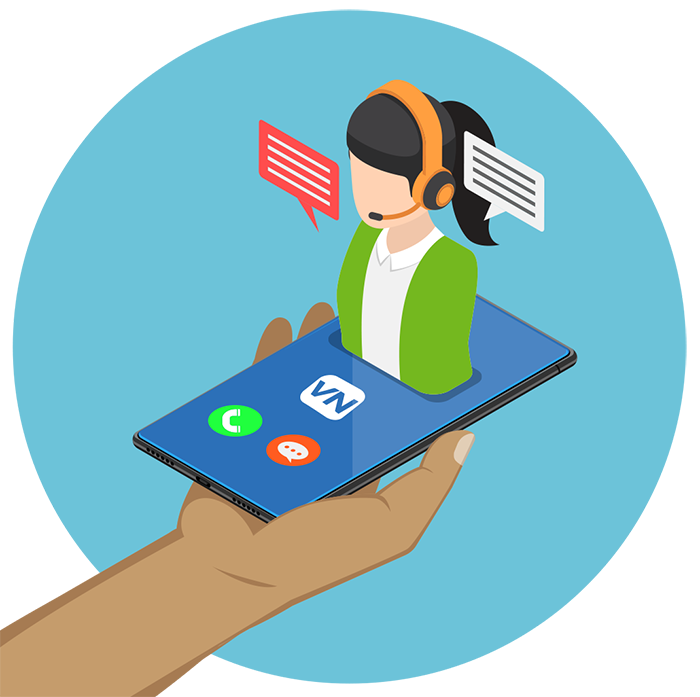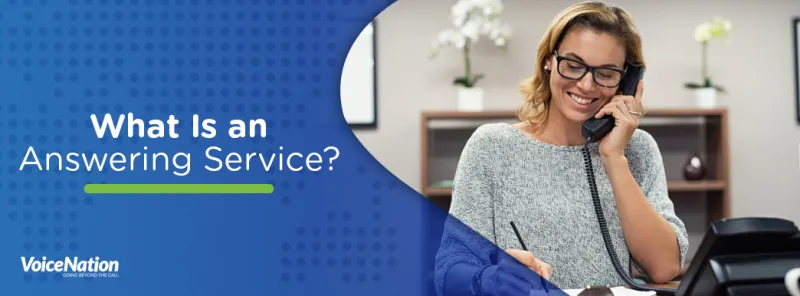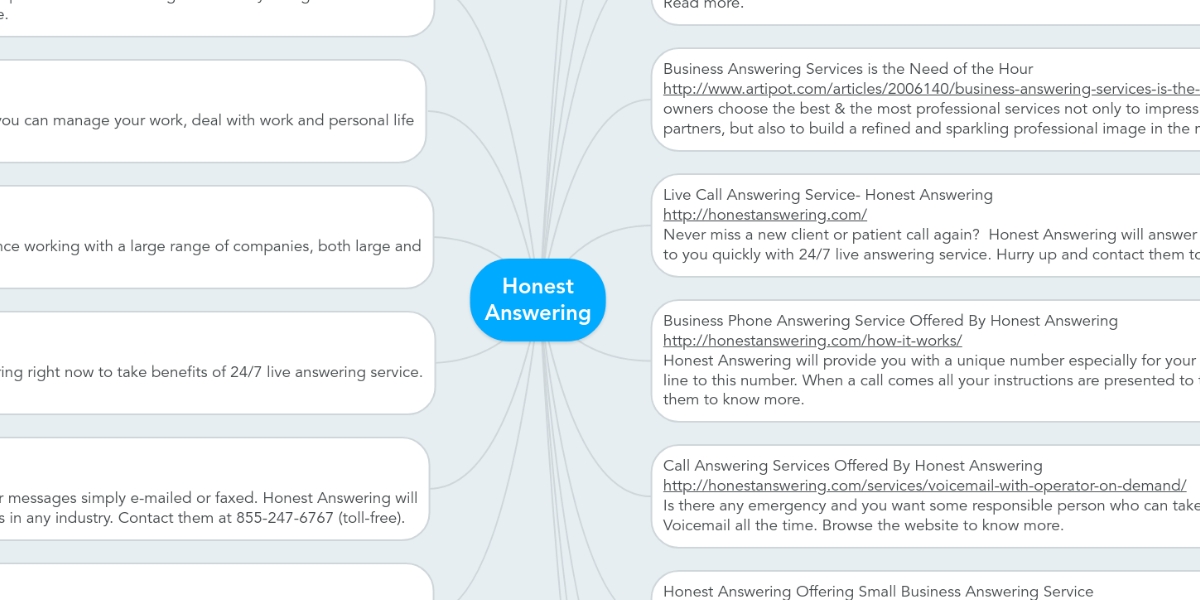All Categories
Featured
Table of Contents
- – What Is The Best Phone Answering Services And Why
- – What Is The Best Telephone Answering Service M...
- – What Is The Best Business Answering Services -...
- – What Is The Best How To Answer The Phone Prof...
- – What Does 10 Sectors That Can Benefits From A...
- – Best Automated Business Phone Answering Syst...
What Is The Best Phone Answering Services And Why
This gadget and its successors were designed by Sava Jacobson, an electrical engineer with a personal consulting business. While early answering devices utilized magnetic tape technology, many modern-day equipment uses solid state memory storage; some gadgets use a mix of both, with a solid-state circuit for the outgoing message and a cassette for the inbound messages.
"toll saving" listed below) (business call answering service). This works if the owner is screening calls and does not want to consult with all callers. In any case after going, the calling celebration ought to be notified about the call having been answered (in a lot of cases this starts the charging), either by some remark of the operator, or by some welcoming message of the little bit, or addressed to non-human callers (e.
This holds especially for the TADs with digitally kept greeting messages or for earlier devices (before the rise of microcassettes) with an unique unlimited loop tape, different from a second cassette, devoted to recording. There have actually been answer-only devices without any recording abilities, where the welcoming message needed to inform callers of a state of current unattainability, or e (virtual telephone answering service).
What Is The Best Telephone Answering Service Melbourne Cbd Australia You Can Buy

about availability hours. In tape-recording Little bits the welcoming typically contains an invitation to leave a message "after the beep". An answering maker that utilizes a microcassette to record messages On a dual-cassette answerphone, there is an outgoing cassette, which after the specified number of rings plays a pre-recorded message to the caller.

Single-cassette answering makers contain the outgoing message at the beginning of the tape and inbound messages on the remaining space. They initially play the announcement, then fast-forward to the next offered space for recording, then tape the caller's message. If there are numerous previous messages, fast-forwarding through them can cause a considerable hold-up.
This beep is frequently referred to in the greeting message, asking for that the caller leave a message "after the beep". TADs with digital storage for the taped messages do disappoint this delay, obviously. A TAD may offer a push-button control center, where the answerphone owner can ring the home number and, by getting in a code on the remote telephone's keypad, can listen to taped messages, or erase them, even when far from home.
What Is The Best Business Answering Services - Virtual Receptionists Business?

Consequently the maker increases the number of rings after which it responds to the call (normally by 2, resulting in four rings), if no unread messages are presently kept, but answers after the set number of rings (usually two) if there are unread messages. This enables the owner to find out whether there are messages waiting; if there are none, the owner can hang up the phone on the, e.
Some devices likewise permit themselves to be from another location activated, if they have been switched off, by calling and letting the phone ring a specific big number of times (typically 10-15). Some company desert calls already after a smaller sized number of rings, making remote activation difficult. In the early days of TADs a special transmitter for DTMF tones (dual-tone multi-frequency signalling) was regionally needed for push-button control, given that the previously utilized pulse dialling is not apt to convey appropriate signalling along an active connection, and the dual-tone multi-frequency signalling was executed step-by-step.
Any inbound call is not recognizable with respect to these residential or commercial properties in advance of going "off hook" by the terminal equipment. So after going off hook the calls should be changed to suitable devices and just the voice-type is right away available to a human, however maybe, nonetheless must be routed to a LITTLE BIT (e.
What Is The Best How To Answer The Phone Professionally (With Examples) Out Today
What if I told you that you do not need to in fact get your gadget when addressing a customer call? Another person will. So convenient, ideal? Addressing phone calls doesn't require someone to be on the other end of the line. Efficient automated phone systems can do the technique simply as effectively as a live agent and sometimes even much better.
An automatic answering service or interactive voice action system is a phone system that communicates with callers without a live person on the line - business call answering service. When companies utilize this innovation, consumers can get the response to a question about your service simply by utilizing interactions set up on a pre-programmed call flow.
Although live operators update the customer care experience, numerous calls do not need human interaction. A basic recorded message or guidelines on how a consumer can recover a piece of info generally fixes a caller's instant need - phone call answering. Automated answering services are a simple and efficient method to direct incoming calls to the best person.
What Does 10 Sectors That Can Benefits From A Phone Answering Service Cost?
Notice that when you call a business, either for assistance or product inquiry, the first thing you will hear is a pre-recorded voice greeting and a series of choices like press 1 for customer support, press 2 for inquiries, and so on. The pre-recorded choices branch off to other options depending on the consumer's choice.
The phone tree system assists direct callers to the ideal person or department using the keypad on a cellphone. In some instances, callers can utilize their voices. It's worth noting that auto-attendant choices aren't restricted to the ten numbers on a phone's keypad. Once the caller has actually chosen their very first option, you can design a multi-level auto-attendant that utilizes sub-menus to direct the caller to the best sort of assistance.
The caller does not have to interact with a person if the auto-attendant phone system can manage their issue. The automated service can path callers to an employee if they reach a "dead end" and require help from a live agent. It is pricey to hire an operator or executive assistant.
Best Automated Business Phone Answering System Showroom Near Me
Automated answering services, on the other hand, are substantially cheaper and provide significant expense savings at approximately $200-$420/month. Even if you don't have actually committed personnel to deal with call routing and management, an automated answering service improves productivity by permitting your team to concentrate on their strengths so they can more effectively spend their time on the phone.
A sales lead routed to client service is a lost shot. If a customer who has item questions reaches the incorrect department or receives insufficient responses from well-meaning employees who are less trained to handle a particular kind of question, it can be a cause of aggravation and frustration. An automated answering system can decrease the variety of misrouted calls, thus helping your employees make much better usage of their phone time while releasing up time in their calendar for other tasks.
With Automated Answering Systems, you can produce a tailored experience for both your personnel and your callers. Make a recording of your main greeting, and just upgrade it routinely to show what is going on in your organization. You can create as numerous departments or menu options as you desire.
Table of Contents
- – What Is The Best Phone Answering Services And Why
- – What Is The Best Telephone Answering Service M...
- – What Is The Best Business Answering Services -...
- – What Is The Best How To Answer The Phone Prof...
- – What Does 10 Sectors That Can Benefits From A...
- – Best Automated Business Phone Answering Syst...
Latest Posts
Tailored Medical Answering Service – Port Adelaide
Dependable Custom Phone Answering
Call Answering Service Near Me – VIC
More
Latest Posts
Tailored Medical Answering Service – Port Adelaide
Dependable Custom Phone Answering
Call Answering Service Near Me – VIC